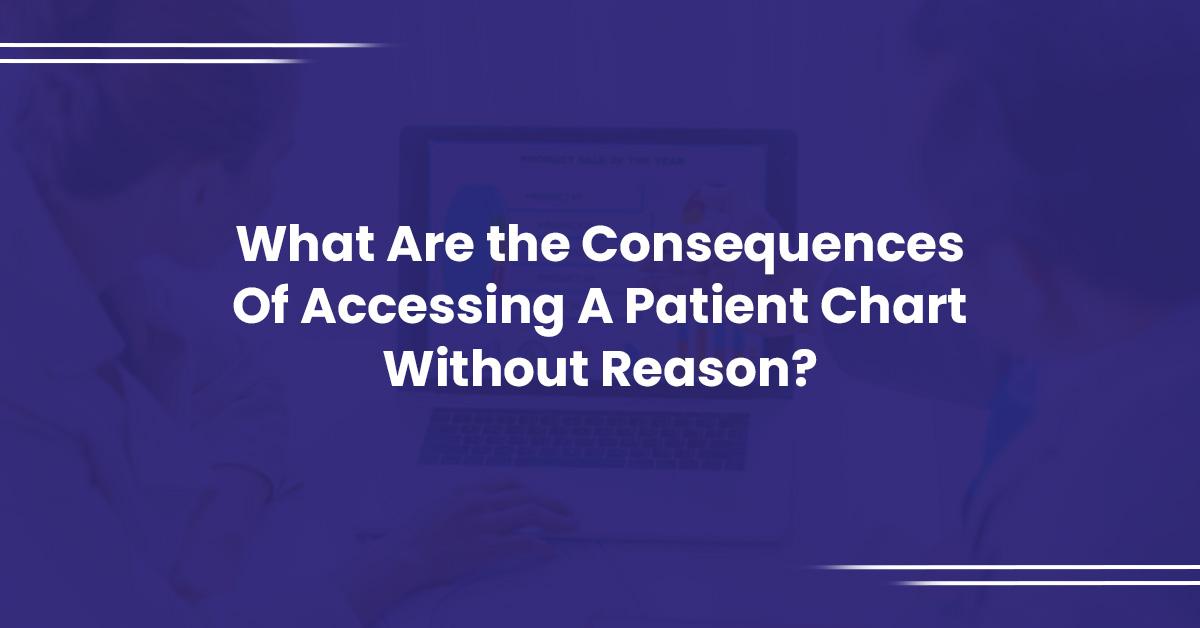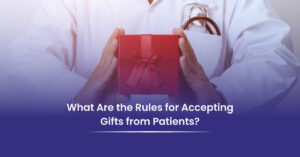In the healthcare sector, protecting patient privacy isn’t just a rule to follow—it’s the bedrock of trust between patients and healthcare professionals.
Imagine what would happen if patients couldn’t confide in their doctors or nurses without fear of mishandling their personal information.
This trust is crucial for effective care, and it’s built on the assurance that their sensitive data is protected.
Physicians, nurses, and other healthcare workers must access detailed patient charts to provide the best care.
For instance, a nurse might need to review a patient’s history to administer the correct medication, or a doctor might need to check previous test results before making a diagnosis. However, with great power comes great responsibility.
But, there are some situations where accessing patient charts without any valid reason is unethical and illegal.
Unauthorized access to patient charts can lead to severe legal and ethical consequences.
It can result in hefty fines, loss of employment, and even criminal charges.
Beyond the legal ramifications, it can erode patients’ trust in their healthcare providers, leading to a breakdown in the patient-provider relationship.
For example, a nurse who accesses a patient’s records without permission could face disciplinary action, including termination and loss of their nursing license.
This blog will investigate what happens when patient records are accessed without proper authorization.
So, let’s get the ball rolling and uncover the severe consequences of unauthorized access to patient records.
The Oaths That Guide Physicians and Nurses
Before embarking on their careers, doctors and nurses pledge oaths that underscore their dedication to patient care, respect, and confidentiality. These oaths are not mere formalities; they serve as the ethical compass that steers healthcare professionals throughout their careers.
The Physician’s Oath (Modern Hippocratic Oath)
Traditionally rooted in the ancient Hippocratic Oath, modern versions emphasize respecting patient confidentiality and privacy.
A critical segment of the oath is:
“I will respect the privacy of my patients, for their problems are not disclosed to me that the world may know. Most especially, must I tread with care in matters of life and death.”
Nursing Oath (Florence Nightingale Pledge)
Nurses take an oath that echoes similar themes of patient care and confidentiality.
It includes:
“I will do all in my power to maintain and elevate the standard of my profession and will hold in confidence all personal matters committed to my keeping and all family affairs coming to my knowledge in the practice of my calling.”
These oaths are symbolic and solemn promises to protect patients’ dignity and confidentiality. Yet, breaches can occur when these ethical boundaries are crossed, sometimes leading to severe consequences.
Real-Life Examples: When Lines Are Crossed
Unauthorized access to patient charts is not just a violation of hospital policy but a breach of trust and legal standards. The following real-life examples illustrate the severe consequences that can result from such actions:
- The Case of the Celebrity Patient
In a high-profile example, a nurse accessed the medical records of a celebrity admitted to a California hospital without any professional justification.
The incident gained significant media attention, leading to the nurse’s termination and the hospital’s heavy fine under the Health Insurance Portability and Accountability Act (HIPAA).
This case is a stark reminder that snooping into records, even out of curiosity, can leave professionals out in the cold.
- Curiosity Gone Wrong:
In another case, a group of nurses accessed the chart of a colleague who had recently become a patient at their hospital.
While they claimed it was out of concern, their actions were deemed a breach of privacy since they had no clinical reason for accessing the records.
This resulted in suspensions and mandatory retraining, showing that even well-meaning intentions can have a sting in the tail when it comes to patient privacy.
- Revenge at a High Cost:
A physician who was going through a contentious divorce accessed the medical records of their spouse to gain the upper hand in court proceedings.
This blatant misuse of access rights led to the physician being sued for invasion of privacy and losing their medical license.
This scenario illustrates the grave consequences that await those who abuse their access for personal gain—burning bridges and tarnishing their reputation.
Don’t Get Played by Compliance!
(Get Compliance Played) 😎
Compliance shouldn’t be a game of cat and mouse. Checkmate violations before they happen with BellMedEx’s strategic services. We’ll help you predict risks and implement winning protocols to protect your practice at every turn.
Consequences of Accessing Patient Charts without Reasons
The above examples highlight the seriousness of violating patient confidentiality. Here, we break down the critical consequences of unauthorized access to patient records:
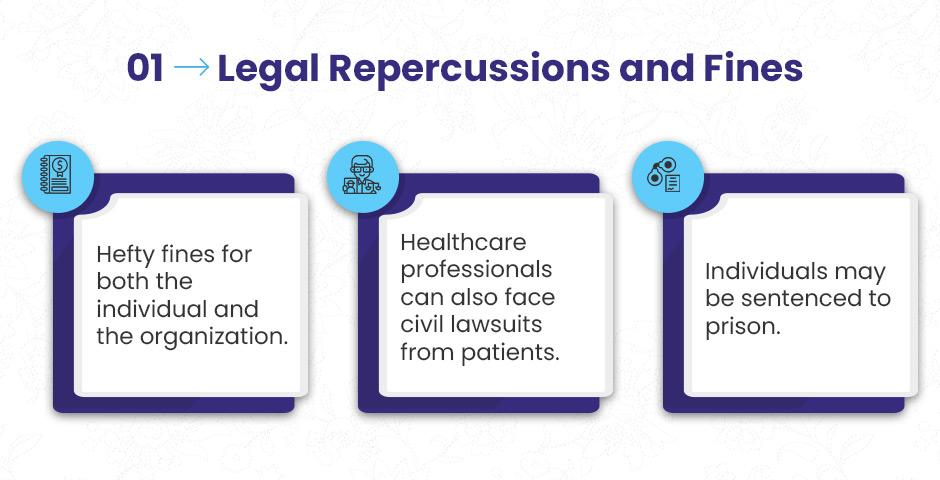
1). Legal Repercussions and Fines
The most immediate consequence of accessing patient charts without a valid reason is facing legal action.
Laws like the HIPAA in the United States strictly govern patient information, and violations can result in hefty fines for both the individual and the institution.
For example, fines can range from thousands to millions of dollars depending on the severity of the breach.
University of California Los Angeles Health System employees accessed celebrities’ medical records without authorization, resulting in an $865,000 fine.
Healthcare professionals can also face civil lawsuits from patients whose privacy was violated, potentially leading to settlements or judgments that could be financially devastating.
Legal battles are often drawn out and can severely damage a professional’s career, proving that you get burned when you play with fire.
In addition, the individual may be sentenced to prison if caught accessing a patient’s sensitive medical record without any organizational purpose.
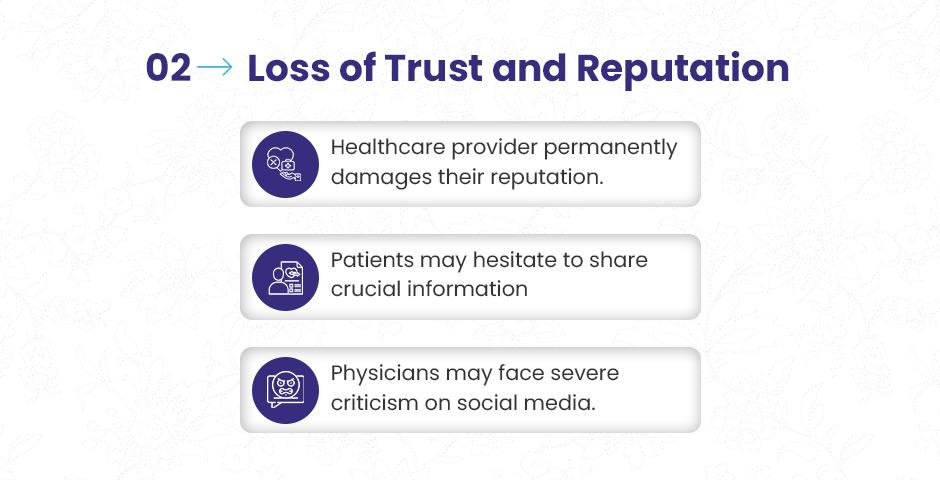
2). Loss of Trust and Reputation
Reputation is the vital force of healthcare professionals and organizations to sustain their market value.
Because, once it is damaged, it’s like trying to put toothpaste back in the tube.
Patients’ trust in physicians and nurses is foundational to effective care.
When a healthcare provider accesses patient information without a reason, it breaches this trust and can permanently damage their reputation.
Patients may hesitate to share crucial information with a provider or hospital if they believe their privacy is not respected.
In the age of social media and online reviews, word of a breach can spread like wildfire, leading to public relations crises for healthcare organizations badly damaging their market sentiment and repo.
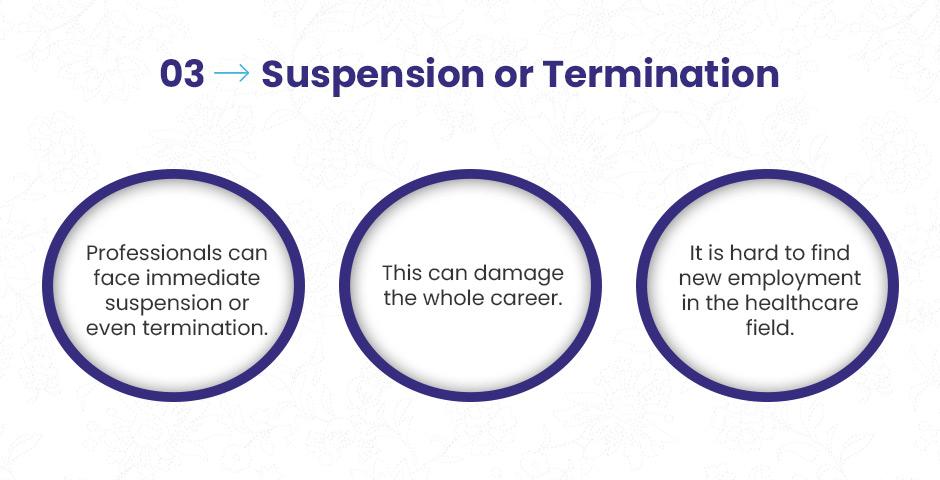
3). Suspension or Termination
Healthcare facilities have zero tolerance for breaches of patient confidentiality.
If a nurse, doctor, or other staff member is caught accessing charts without valid reasons, they often face immediate suspension or even termination.
Because, it’s a case of one bad apple spoiling the whole bunch.
This is not just about losing a job—it’s about losing a career.
Disciplinary actions go on professional records, making it challenging to find new employment in the healthcare field.
In 2017, a terminated employee used their login credentials to access a work computer and copy electronic protected health information (ePHI) onto a USB drive.
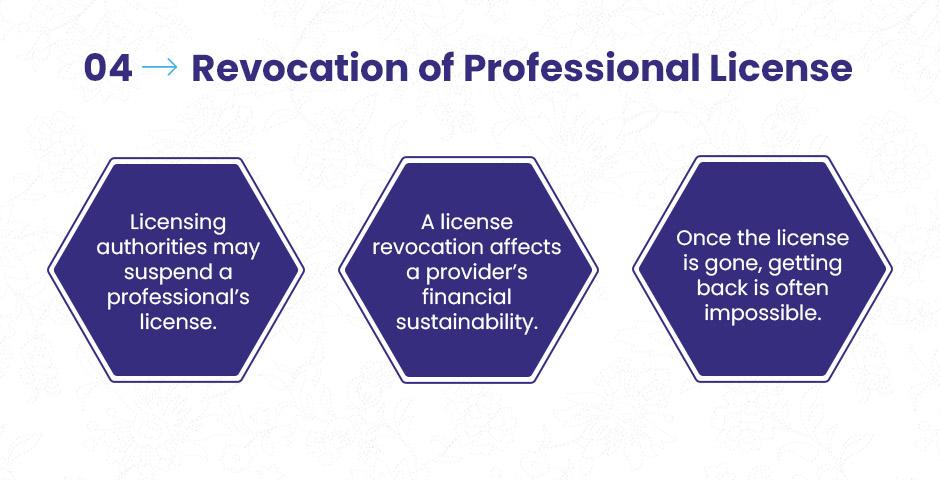
4). Revocation of Professional License
Professional licensing boards may suspend a healthcare professional’s license for accessing patient charts without any reason.
Without a license, practicing medicine or nursing is impossible.
A license revocation is a professional death toll that can end a career and affect the provider’s ability to earn a livelihood.
This consequence is akin to burning one’s bridges—returning is often impossible once the license is gone.
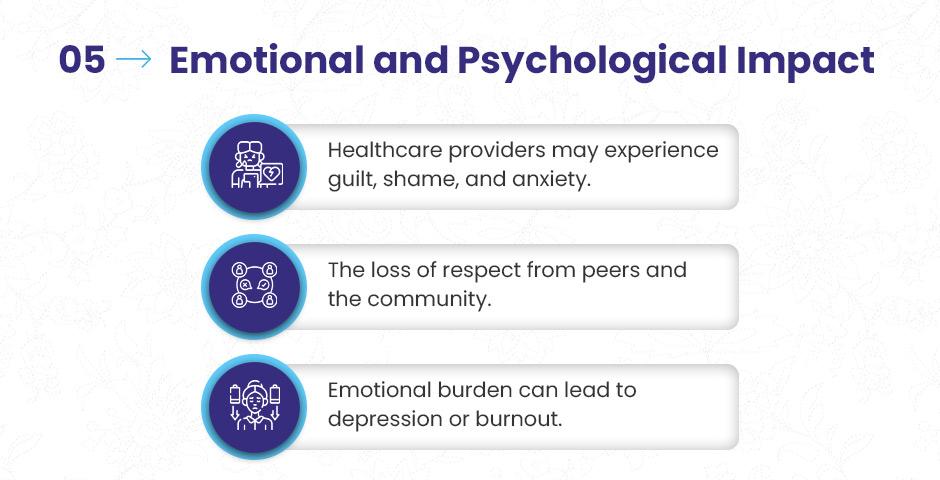
5). Emotional and Psychological Impact
Beyond the legal and professional repercussions, the emotional toll of such actions should not be underestimated.
Because, “Actions have consequences,” and the emotional fallout can be as significant as the tangible penalties.
Healthcare providers who face disciplinary action for unethical access to patient’s sensitive records may experience guilt, shame, and anxiety about their future.
The loss of respect from peers and the community can weigh heavily, making it a bitter pill to swallow for professionals.
In some cases, the emotional burden can lead to depression or burnout, mainly if the professional’s actions were unintentional or poorly thought through.
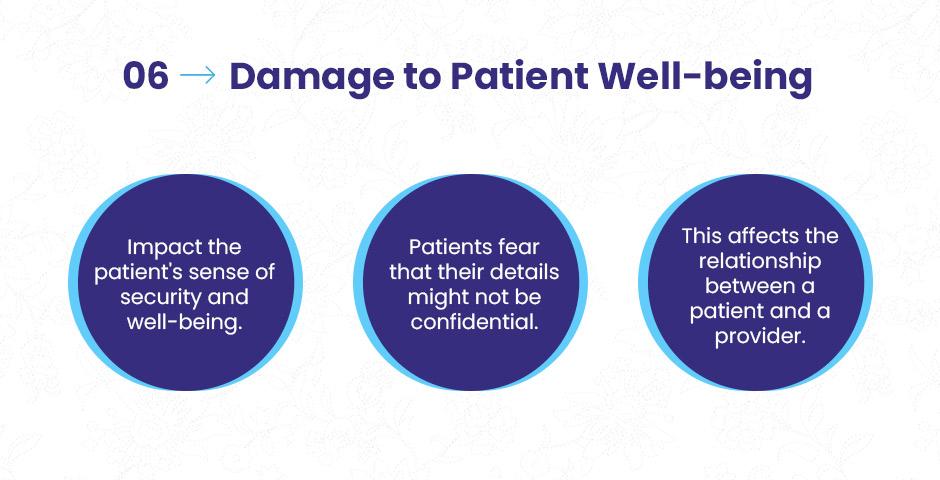
6). Damage to Patient Well-being
Unauthorized access to patient records can profoundly impact the patient’s security and well-being.
When patients discover that their private information has been viewed without justification, it can feel like a breach of their sanctity, leading to vulnerability and mistrust.
This can manifest in a reluctance to seek medical care or withhold information from their healthcare provider out of fear that their details might not be confidential.
This erosion of trust affects the relationship between a patient and provider and can ripple through the community.
When such incidents become public, they can damage the reputation of the entire healthcare facility or organization, leading to a community-wide skepticism of healthcare services.
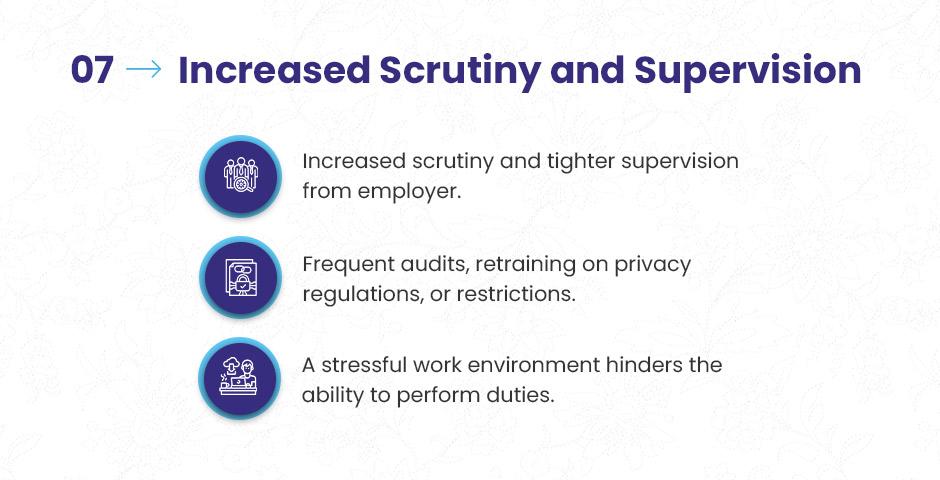
7). Increased Scrutiny and Supervision
Once a physician or a nurse is caught in a breach of privacy, they face increased scrutiny and tighter supervision from their employer.
This could involve frequent audits, retraining on privacy regulations, or restrictions on their access to specific information systems.
For many, this heightened oversight can feel like walking on eggshells, with every action monitored closely.
This situation can lead to a stressful work environment and may even hinder their ability to perform their duties effectively.
Moreover, a reputation for violating patient privacy can follow a professional even if they move to another facility.
Background checks and references often reveal past disciplinary actions, making it harder to regain trust and autonomy elsewhere.
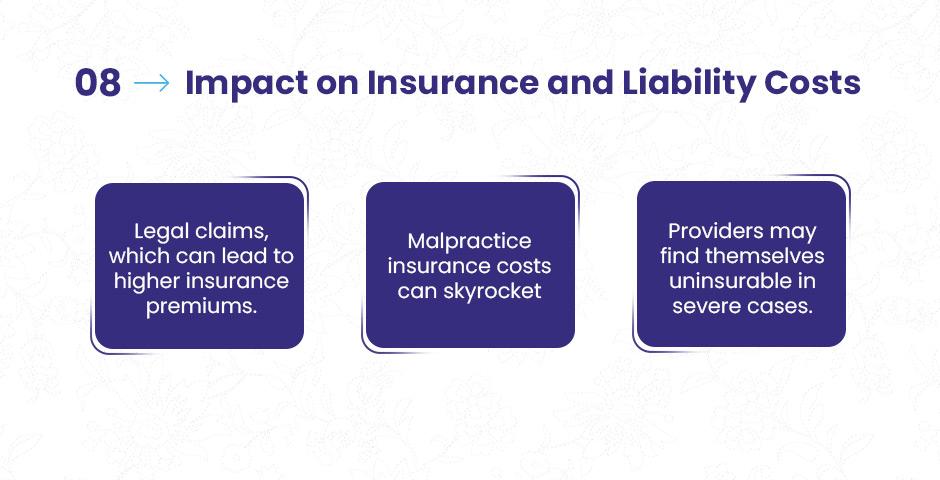
8). Impact on Insurance and Liability Costs
Breaches of patient confidentiality can increase the liability risks for healthcare facilities and individual practitioners.
When unauthorized access to patient charts occurs, the healthcare provider is exposed to lawsuits and legal claims, which can lead to higher insurance premiums.
This affects the institution’s financial standing and can directly impact the professional if they are held liable for part of the violation.
Malpractice insurance costs can skyrocket for those involved in such breaches, making it financially burdensome to continue practicing.
Providers may find themselves uninsurable from insurance providers, pushing them out of practice altogether.
It’s akin to being left to carry the can, facing the financial burden of their actions long after the initial violation.
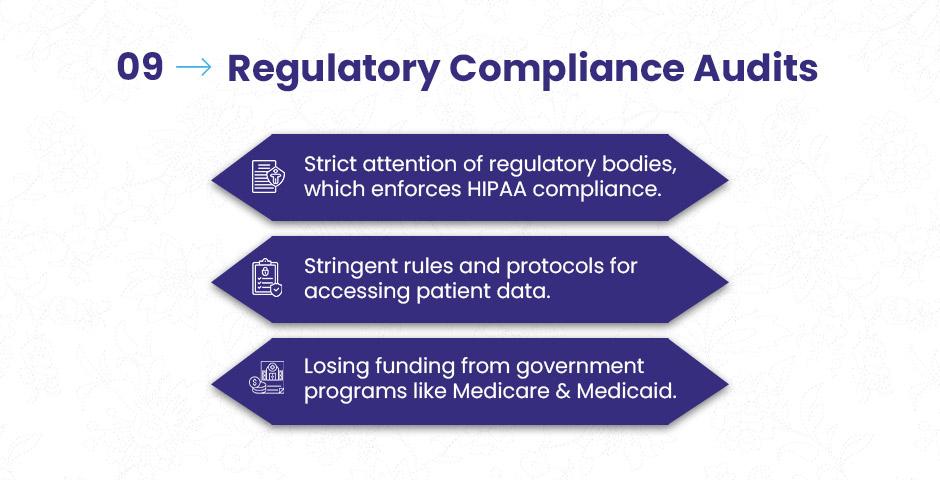
9). Regulatory Compliance Audits
Patient privacy violations often invite the attention of regulatory bodies, such as the Office for Civil Rights (OCR) in the United States, which enforces HIPAA compliance.
A single incident can trigger comprehensive audits of an organization’s privacy practices, leading to increased regulatory scrutiny.
This can burden the institution with extra paperwork, mandatory reporting, and the implementation of corrective action plans to demonstrate compliance.
For employees, this may mean more stringent rules and protocols for accessing patient data, making their work more cumbersome.
Failure to meet compliance standards can result in the organization losing certification or the ability to receive funding from government programs like Medicare and Medicaid.
It’s like opening Pandora’s box—a single unauthorized access can cause regulatory consequences that take time to manage.
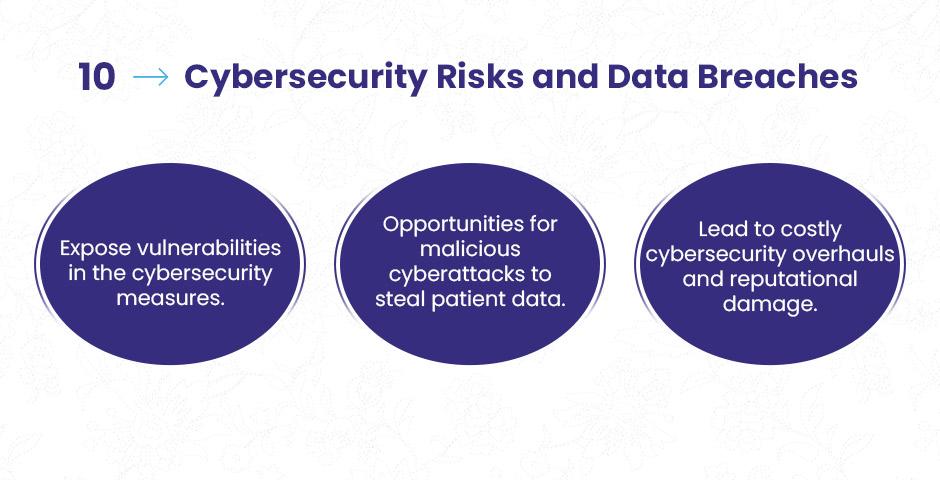
10). Cybersecurity Risks and Data Breaches
When healthcare professionals misuse their access to patient records, it can also expose vulnerabilities in the organization’s cybersecurity measures.
Unauthorized access can be a wake-up call that the facility’s data security systems may be inadequate.
This causes malicious cyberattacks, where hackers could exploit the system’s weaknesses to steal patient data on a much larger scale.
Such incidents often lead to costly cybersecurity overhauls and reputational damage, especially if sensitive data is exposed to external threats.
Organizations may have to invest in advanced cybersecurity measures, hire consultants, and undertake public relations campaigns to restore their image—all because a single incident highlighted a weak link in their security.
It’s like leaving the barn door open and finding the entire stable emptied.
Don’t let compliance issues crank up the confusion to 100 🤯
Staying compliant doesn’t have to be vanilla. Add some flavor to your practice with our specialized services. We’ll whip your compliance protocols into shape, so you can deliver that extra care your patients crave, minus the regulatory headaches.
Conclusion
Accessing patient charts without a valid reason is more than just a violation of rules—it is a fundamental breach of the ethical standards that bind the healthcare profession.
The consequences can be swift and severe, ranging from legal battles and financial penalties to loss of career and community standing.
But beyond the legalities, the erosion of trust represents the deepest wound—a wound that can take years, if not decades, to heal.
Healthcare professionals must remember that their access to patient information is a privilege, not a right.
Upholding the oaths they took at the beginning of their careers is crucial to maintaining the integrity and trust that patients expect.
As in the medical profession, it’s always better to err on the side of caution—because once trust is broken, it’s like trying to rebuild a house of cards in a storm.
